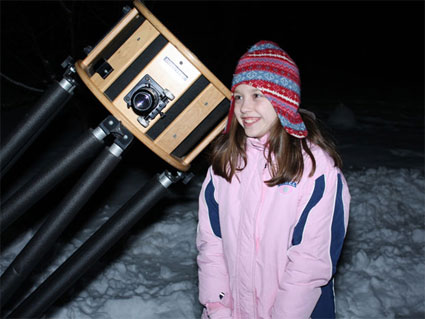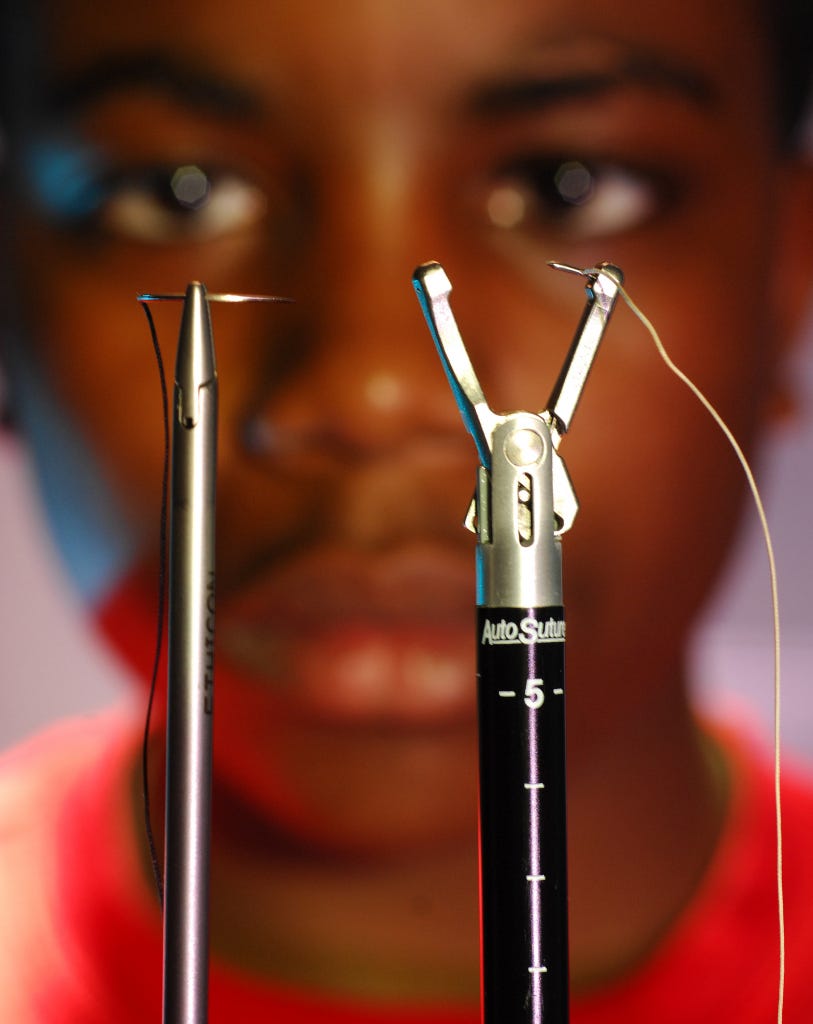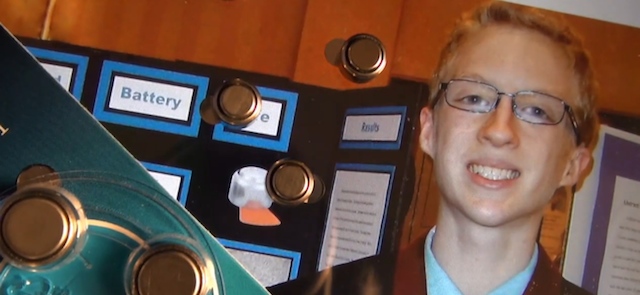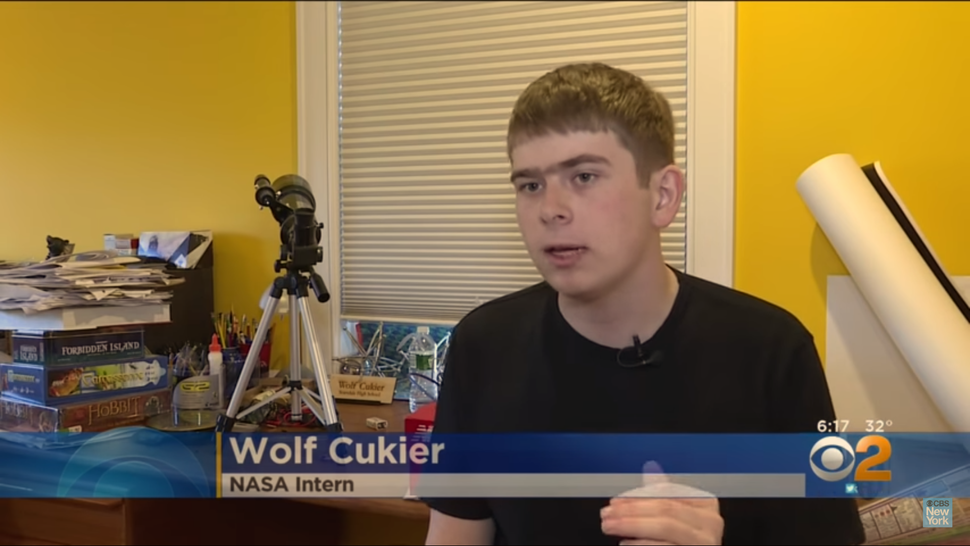A thread to talk about the surprising thing kids are up to...
Example:
I was at first thinking are there bees or insects in outer space. Interesting post and did not know all the things epipen was used to treat. Do you know if they, Pfizer ever stopped their law suits and price wars over epipen(wiki)? Think the patent expires in 2025 per think it was quoted from wiki. epinephrine (Adrenaline) what an amazing drug. I’ve always wondered if people got mad and angry over a bee sting would enough adrenaline be released to save them? Degrades in outer space.
“a medical device for injecting a measured dose or doses of
epinephrine (adrenaline) by means of
autoinjector technology” wiki
”Anaphylaxis
Common causes include allergies to
insect bites and stings,
allergies to foods– including nuts, milk, fish, shellfish, eggs and some fresh fruits or dried fruits; allergies to sulfites – a class of food preservatives and a byproduct in some fermented foods like vinegar; allergies to medications – including some antibiotics and non-steroidal anti-inflammatory drugs (NSAIDs) like aspirin; allergy to general anaesthetic (used to make people sleep during surgery); allergy to contrast agents – dyes used in some medical tests to help certain areas of the body show up better on scans; allergy to
latex – a type of rubber found in some rubber gloves and condoms.
[6][1] Other causes can include physical exercise, and cases may also occur in some people due to escalating reactions to simple throat irritation or may also occur without an obvious reason.
[6][1] The mechanism involves the release of inflammatory mediators in a rapidly escalating cascade from certain types of
white blood cells triggered by either
immunologic or non-immunologic mechanisms.
[7]Diagnosis is based on the presenting symptoms and signs after exposure to a potential
allergen or irritant and in some cases,
reaction to physical exercise.
[6][1]
The primary treatment of anaphylaxis is
epinephrine injection into a muscle,
intravenous fluids, then placing the person "in a reclining position with feet elevated to help restore normal blood flow".
[1][8] Additional doses of epinephrine may be required.
[1] Other measures, such as
antihistamines and
steroids, are complementary.
[1] Carrying an
epinephrine autoinjector, commonly called an "epipen" and identification regarding the condition is recommended in people with a history of anaphylaxis.
[1] Immediately contacting ambulance / EMT services is always strongly recommended, regardless of any on site treatment.
[6]” wiki











